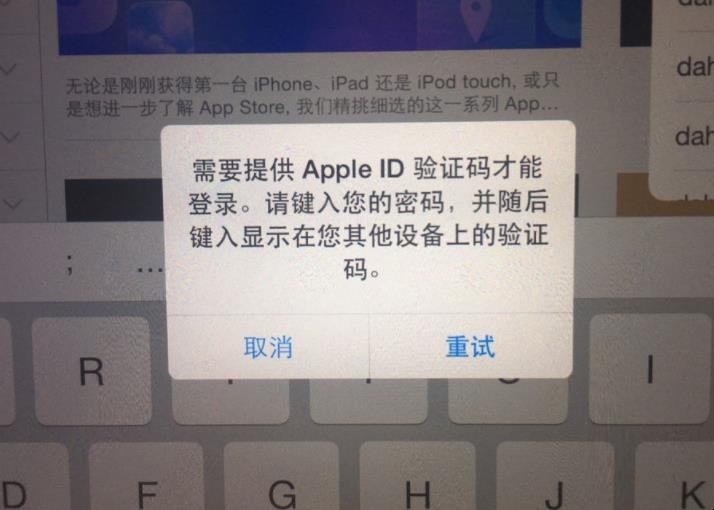Why your Apple Face ID is not working?
1. Lighting Conditions and Face Obstructions
Apple Face ID relies on TrueDepth sensors that include an infrared camera, flood illuminator, and dot projector to work properly. Bad lighting and obstructions on the face or eyes can render the Face ID scanner useless. You should ensure the face is entirely visible, free from glasses or contact lenses, and avoid using it in low light conditions or with a bright light source behind you.
Moreover, dirt, makeup, sweat, or any other substances on your face can obstruct the TrueDepth sensors, causing the scanner to fail or respond slowly. Thus, it's crucial to keep your face clean and dry before using Face ID. If the Face ID still doesn't work, try repositioning your face away from obstacles, lighting, and other interferences or perform another setup.
2. Software and Settings Issues
Aside from hardware issues, Face ID can also malfunction due to software and settings issues. In some cases, outdated or corrupt software, system bugs, or incorrect settings can affect the Face ID scanner's performance. If you're facing Face ID problems, ensure that your iPhone or iPad is updated to the latest software. Check your settings to ensure the Face ID is enabled and configured correctly.
If you recently changed your appearance, using a mask, or sporting a beard or new hairstyle, you may have to update the Face ID settings to account for the changes. Unfortunately, you may have to clear and reset the Face ID settings if all attempts to fix the issues fail, but this will delete your current Face ID settings and force you to set up Face ID again from scratch.
3. Hardware and Environmental Issues
If you've ruled out software and settings issues, it could be possible that your hardware or environmental factors are causing the Face ID problem. In this case, it may be best to contact Apple support or visit an authorized service center for repairs or replacement. Hardware issues such as damaged or defective TrueDepth sensors can prevent Face ID from working correctly.
Furthermore, environmental factors such as extreme temperatures or humidity, electromagnetic interference, or radio frequency interference can impact the Face ID scanner's performance. Avoid using Face ID in extreme weather conditions or near electronic devices that may interfere with the sensors.
In conclusion, Apple Face ID may not work correctly due to various reasons like lighting conditions, face obstructions, software and settings issues, hardware, and environmental factors. However, by understanding these factors and troubleshooting accordingly, you can fix the issue or seek professional help if the problem persists.



